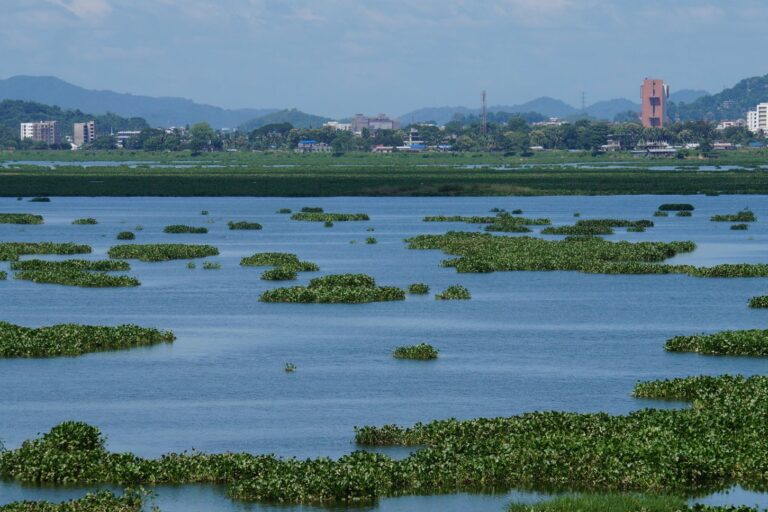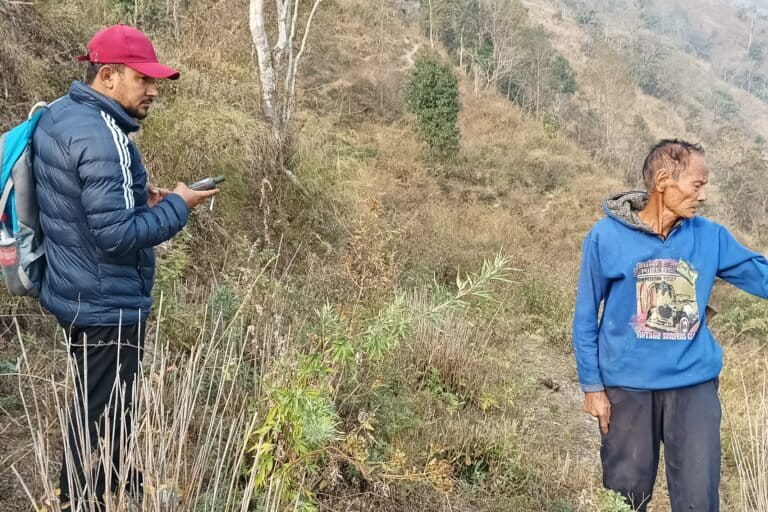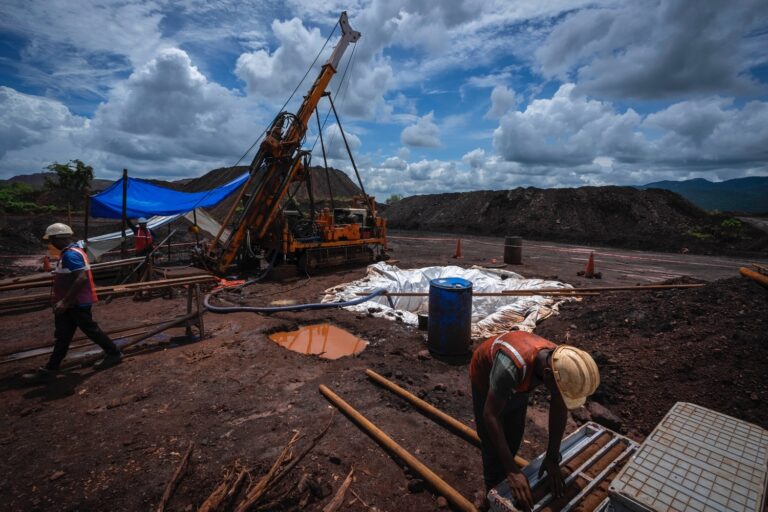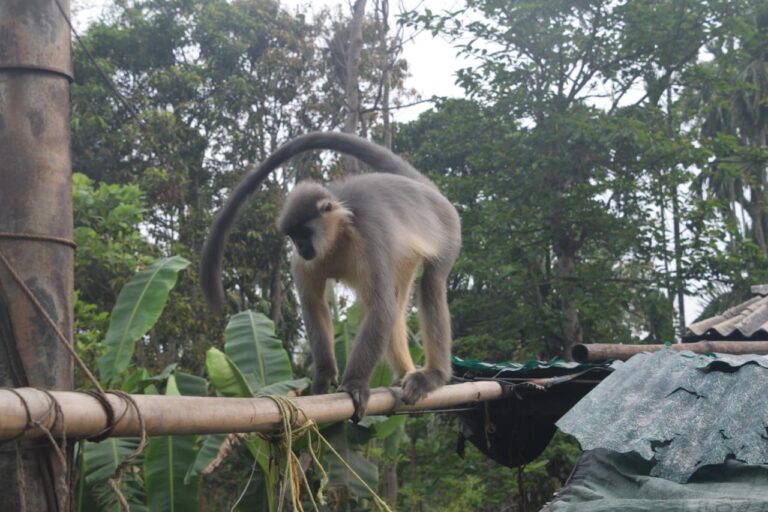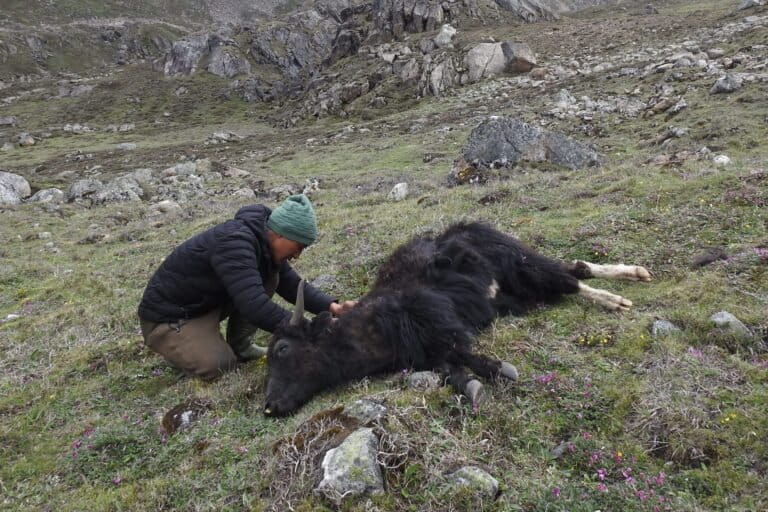- In 2009, a global team of scientists defined planetary boundaries for nine earth system processes to demarcate safe thresholds for humans to function and grow, crossing which there will be a devastating effect on the safety and health of the planet.
- A recent report in the series modifies the term planetary boundaries to earth system boundaries and attempts to quantify human minimum needs both at global and sub-global levels and the resultant emissions from meeting those needs.
- The new report adopts a justice lens to view earth system boundaries by acknowledging that inequalities and unjust distribution of resources exist.
- As a next step, the authors will come up with measures for a just transformation across all earth system boundaries which would require a leap in the understanding of how justice, economics, technology and global cooperation can be furthered, for a safe and just future.
The latest Earth Commission Report attached a “justice” framework to its earlier discourse of “safe” planetary boundaries, which are the environmental limits within which humans can safely operate. The new paper, titled Safe and Just Earth System Boundaries, published in the journal Nature, expands the scope of “planetary boundaries” and calls them “earth system boundaries” (ESBs) instead, as it looks at wise resource use not just at the global level, but also at the regional and local levels.
The earth system processes analysed in the report remain largely the same as in the previous papers, published in 2009 and 2015, by the collective of scientists. Based on the safe planetary boundary thresholds, humans have already overstepped all such boundaries globally, except for atmospheric aerosol loading, notes the paper.
While the past reports were able to identify safe biophysical thresholds for earth systems, the new report adds a justice framework to the thresholds, which, notes the paper, makes the thresholds stricter. The understanding was that some “safe” ESBs are not strong enough to protect humans and other species today and that “we cannot achieve and live within the safe ESBs if inequality is high and resources are unjustly distributed”.
Joyeeta Gupta, co-chair of the Earth Commission said that in the case of climate change, for example, while the safe boundary drawn is 1.5 degrees Celsius, the just boundary is 1 degree Celsius at which, millions are already affected. “You can’t go down to 0.2 degrees Celsius because we are already at 1.2 degrees Celsius. Instead, we say that 1 degree Celsius is more ‘just’ than 1.5 degrees Celsius,” she said.
Read more: The nine boundaries humanity must respect to keep the planet habitable
What are earth system boundaries?
The health and safety of all life on earth are inextricably linked to the health of the shared resources or global commons that ensure a habitable planet. In the Anthropocene, human activities are constantly pushing the environmental thresholds, threatening the safety and health of the planet and endangering life on it.
In 2009, a global team of scientists, that later constituted the Earth Commission, came together to identify thresholds or boundaries for nine earth system processes which, if breached, could have devastating and irreversible environmental changes. The nine processes identified were climate change; rate of biodiversity loss; interference with the nitrogen and phosphorus cycles; stratospheric ozone depletion; ocean acidification; global freshwater use; change in land use; chemical pollution; and atmospheric aerosol loading. The idea was to define a safe operating space for humanity within a set of interlinked thresholds in these earth system processes.
At the time of the 2009 report, three of the nine boundaries — climate change, biosphere integrity and altered biogeochemical cycles — had already been overstepped. In 2015, when the scientists reconvened to expand the scope of the previous report one more boundary, land use, had been breached. The 2015 paper also identified climate change and biosphere integrity as the “core boundaries” which other boundaries depended on.
The authors of the report say that the latest paper, with certain additions and deletions from the previous ones, is a work in progress.
Govindasamy Bala, professor at the Center for Atmospheric and Oceanic Sciences, Indian Institute of Science, Bengaluru, who is a part of the team of scientists, said that some domains such as ocean acidification and chemical pollution were not researched in the present paper. The next phase of Earth Commission will take up researching those domains. “There is also some subjectivity in the number and definition of the boundaries. For example, the 2009 planetary paper identified global freshwater use as a single boundary, but this was split into surface and groundwater boundaries in the new work. Land use change and biodiversity loss were identified as planetary boundaries in the 2009 paper but they are given new names in the 2023 work —natural ecosystem area and functional integrity,” he told Mongabay-India.

“Just” threshold to address inequalities and unjust distribution of resources
The paper mentions that adopting a justice lens was necessary for both intrinsic and instrumental reasons. The justice concerns articulated in the paper go beyond a human-centric approach to include other species and ecosystems.
The three justice criteria or the “3Is” include interspecies justice and earth system stability; intergenerational justice that stems from the thought that we need to recognise the potential long-term consequences of short-term actions and associated trade-offs and synergies across time; and intragenerational justice between countries, communities and individuals as well as intersectional justice that considers multiple and overlapping social identities and categories like gender, race, age, etc.
An example of interspecies justice inclusion is the recommendation that 20-25% of every square kilometre in urban areas be left for natural green cover, explained Gupta. “It is for pollinators like bees and insects that cannot travel kilometres,” she said.
Read more: New study shows we have breached Earth’s threshold for chemical pollution
Quantifying thresholds for effective action
The paper also attempts to quantify boundary values, that should not be crossed, for a safe and just planet. Bala said, in terms of biodiversity loss, it is a challenge for communication and implementation at the local level when the biodiversity loss boundary is specified as the number of species lost per year. “Therefore, two measures called natural ecosystem area and functional integrity for the biosphere were used (in the latest report). The recommendation is to retain a natural vegetation cover for at least 50-60% of the global land. To preserve the functional integrity of the biosphere, so that nature can contribute to people in even heavily altered agricultural and urban areas, natural or semi-natural vegetation cover is recommended, over at least 25% of every square kilometre.”

“There are differences between global and regional boundaries. A good example is the aerosol boundary. While the global aerosol boundary is not breached, it is crossed locally for nearly 85% of the population,” said Bala. “Unlike climate change, it was a huge challenge to quantify the aerosol boundary because of the large region-wise differences and the heterogeneity of aerosols or the particulate matter,” he said.
Further, there are hemispheric differences with aerosols concentrated in the northern hemisphere while the south is largely clean and this difference can adversely affect the tropical water cycle. The global boundary is quantified in terms of this difference in aerosol loading between the two hemispheres and the regional aerosol boundary is defined in terms of regional aerosol loading. Aerosol Optical Depth (AOD) is a measure of the aerosol or particulate matter loading in the atmosphere. While the safe boundary for regional aerosol loading is kept at 0.25-0.50 AOD, the just boundary is stricter at 0.17 AOD, considering local air pollution standards (in countries like India and China, for instance), and the significant harm the exposure to particulate matter can have on human health.
The authors say that the work is only partly done with the paper; the next step to understanding and quantifying the boundaries is to come up with measures for a just transformation across all ESBs. They acknowledge that that won’t be a linear journey and would require “a leap in our understanding of how justice, economics, technology and global cooperation can be furthered in the service of a safe and just future”.
Banner image: A honeybee in an urban area. The justice concerns articulated in the latest Earth Commission report go beyond a human-centric approach to include other species and ecosystems. Photo by Shawn Caza/Wikimedia Commons.







